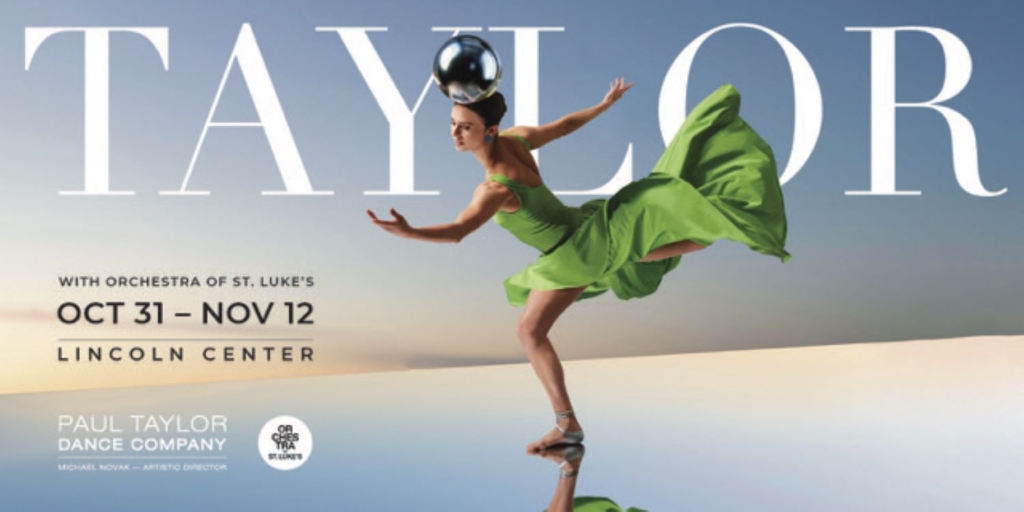The Paul Taylor Dance Company’s annual Lincoln Center season is always a high point on the dance calendar, showcasing all the elements that make it a leading modern dance troupe. As its 14 performances at the David H. Koch Theater (October 31- November 12) will amply illustrate, PTDC is moving boldly into the future while cherishing and burnishing the legacy of its brilliant founding choreographer, Paul Taylor.
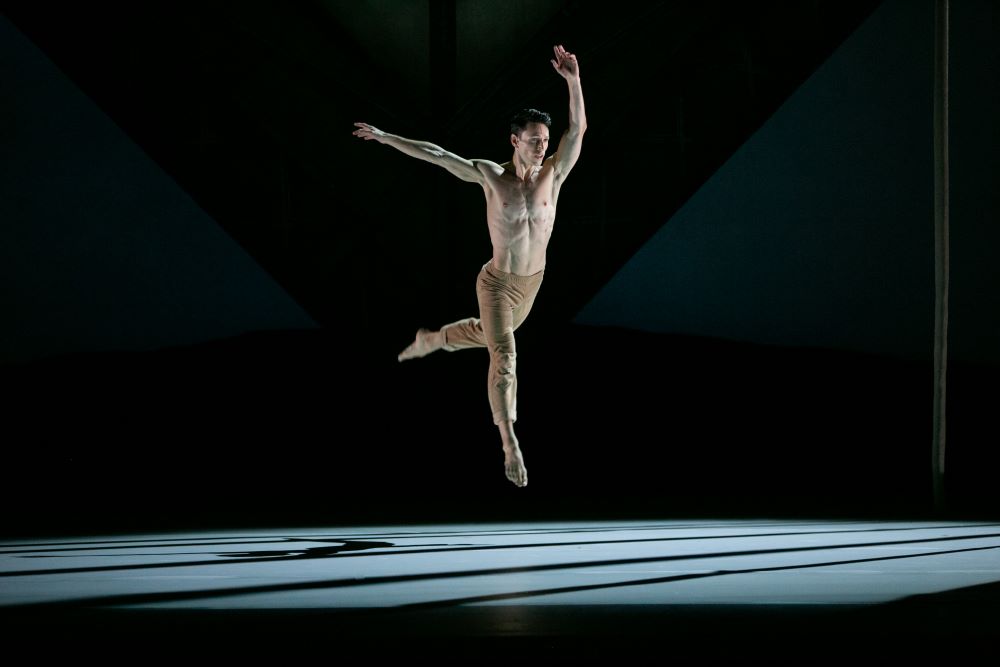
In addition to nine of Taylor’s distinctive and diverse dances, this season will offer new works created on the bold and wonderfully individual Taylor dancers – three premieres and an acclaimed work from 2022. Two premieres are by Resident Choreographer Lauren Lovette and the other is by Larry Keigwin, marking his second commission by the Company.
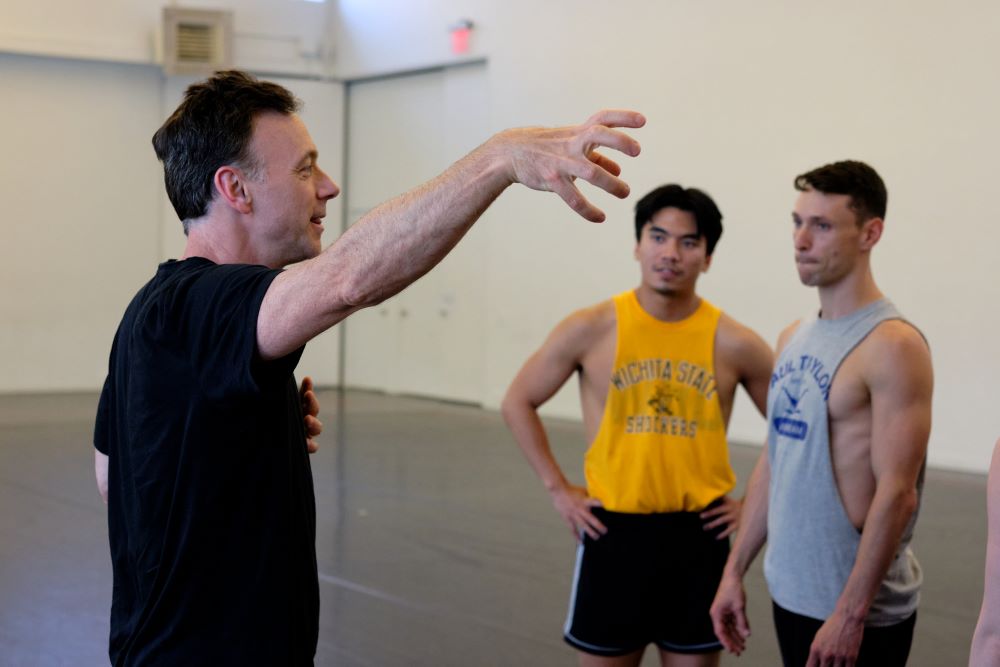
Musically, the Taylor Company offers live performances by the highly regarded Orchestra of St. Luke’s – a unique collaboration no other modern dance company offers and an essential element that leads PTDC performances into bracing new territory. All three premieres are set to intriguing contemporary scores that will challenge these top-tier musicians. Taylor himself chose an unpredictable and evocative array of scores for the works he choreographed; there are many musical challenges offered by his repertory. The season’s Taylor works will allow OSL to play scores ranging from Bach to Stravinsky and from Schubert to Piazzolla.
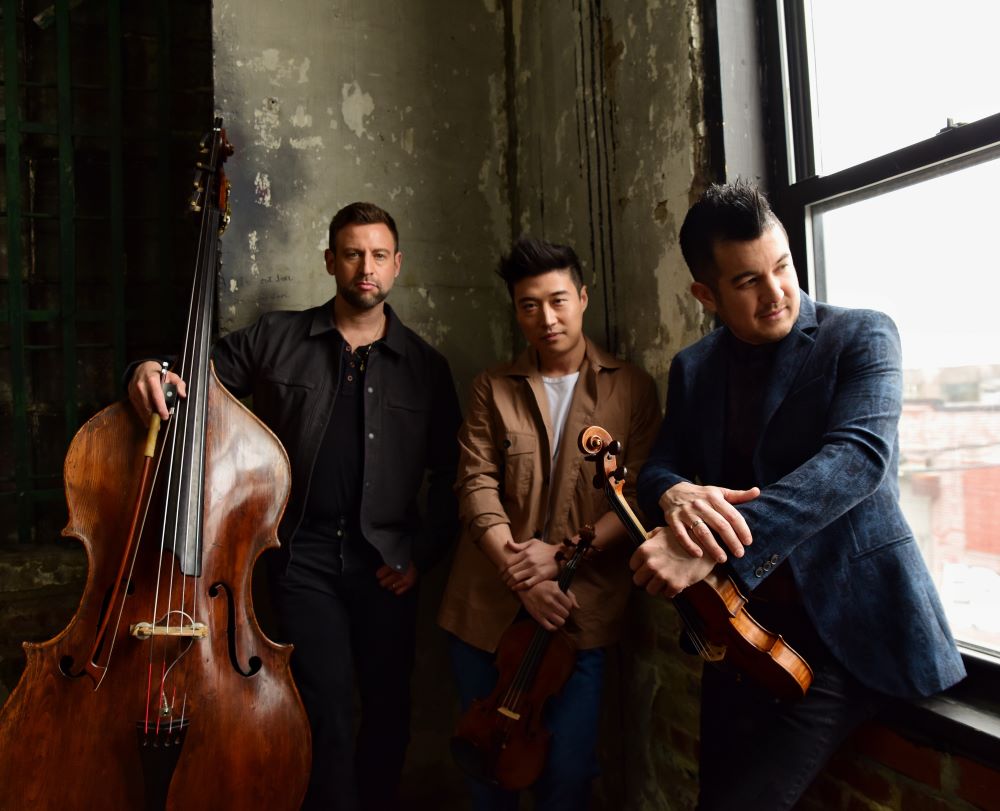
Michael Novak, whom Taylor presciently named to succeed him as artistic director in 2018, now envisions how PTDC will expand and work to find the delicate balance between dances selected from Taylor’s rich canon and newly created works that reflect the concerns and challenges of today. Taylor himself – after providing his Company with a vast repertory over six decades – had begun inviting a new generation of choreographers into the Company fold, even while he continued to create new works every year.
“I think the transition from an all-Taylor model to opening it up for other choreographers is relatively seamless,” Novak says. “Because the breadth of his own work is so large, it allows us to really have fun curating repertory by other choreographers.”
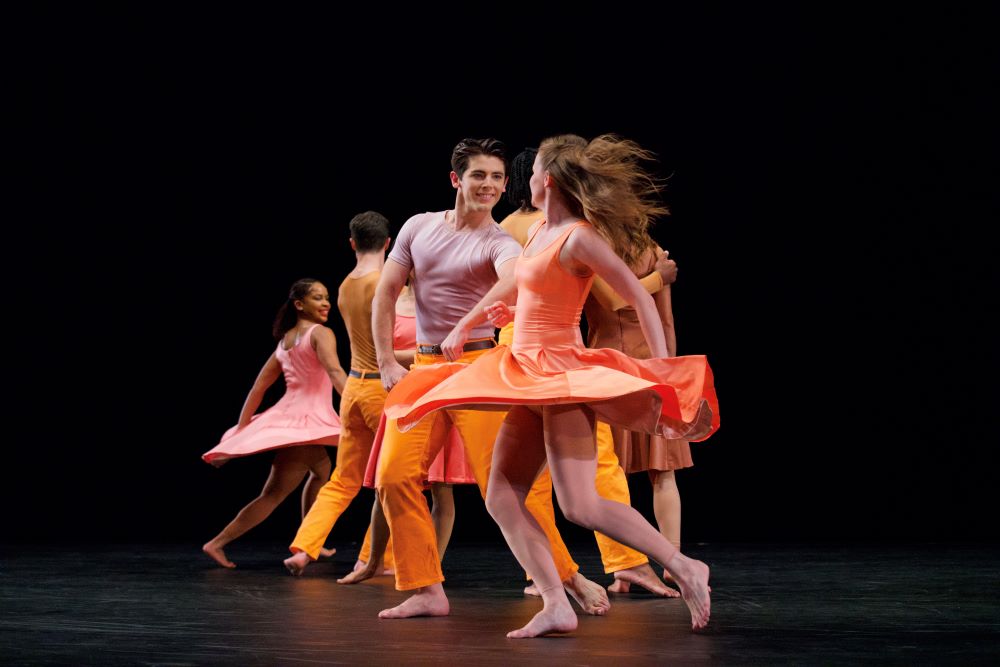
While there was no possibility of “replacing” Paul Taylor, Novak made it a priority to find a choreographer who would work regularly with the dancers. “It was very strategic on my part – both for the stage and the studio – that we would have a resident choreographer. But given that commitment, we would continue to bring in additional outside choreographers – so that we still have that relationship to the dance field at large.”
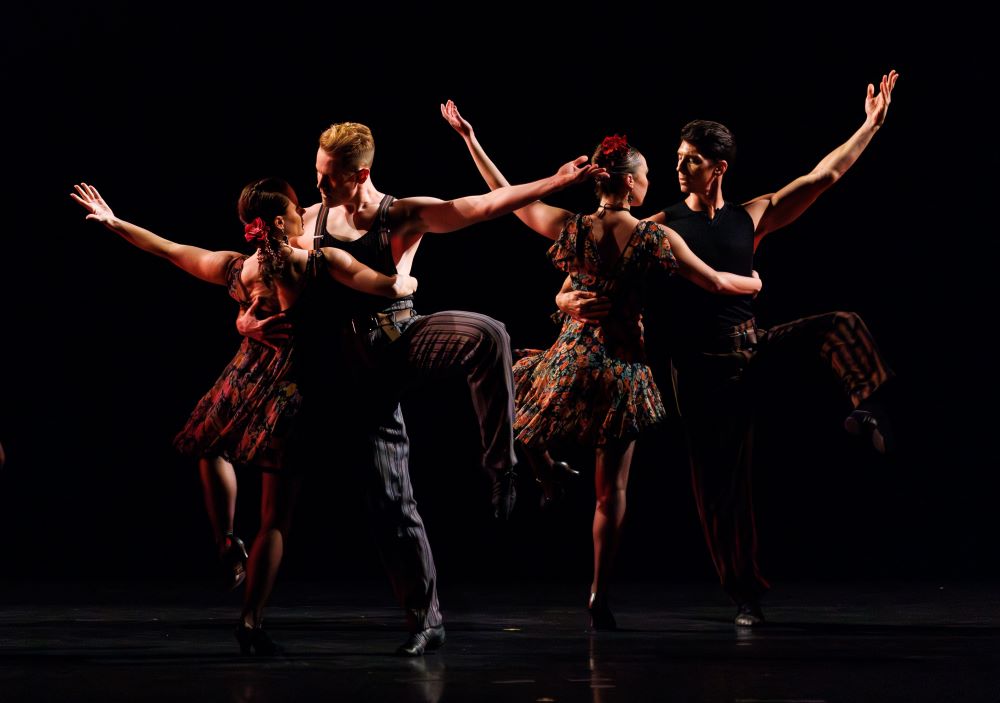
“It was very important to me that the dancers – and our audiences – have a consistent creative voice that they get to know,” Novak continues. “I think the more a choreographer works with a company, the more trust gets built, more risks can be taken, the more you start to dig deeper into that artist’s personality and imagery.”

He had taken note of Lovette’s choreography, which she began to cultivate while still a busy principal dancer with New York City Ballet. After she created Pentimento, her first Taylor premiere, Novak felt certain she was the one to invite into the fold. “I saw a risk, a gutsiness to her work, and I wanted to see what she could continue to do with a group of Taylor dancers.”
Lovette’s two premieres for this season, both deeply inspired by recently composed scores, reflect her adventurousness. She was captivated by Michael Daugherty’s Dreamachine, a four-movement percussion concerto that draws on themes of invention and exploration. Echo, created for the company’s men, is set to Kevin Puts’ Contact – a score that Novak brought to her attention.
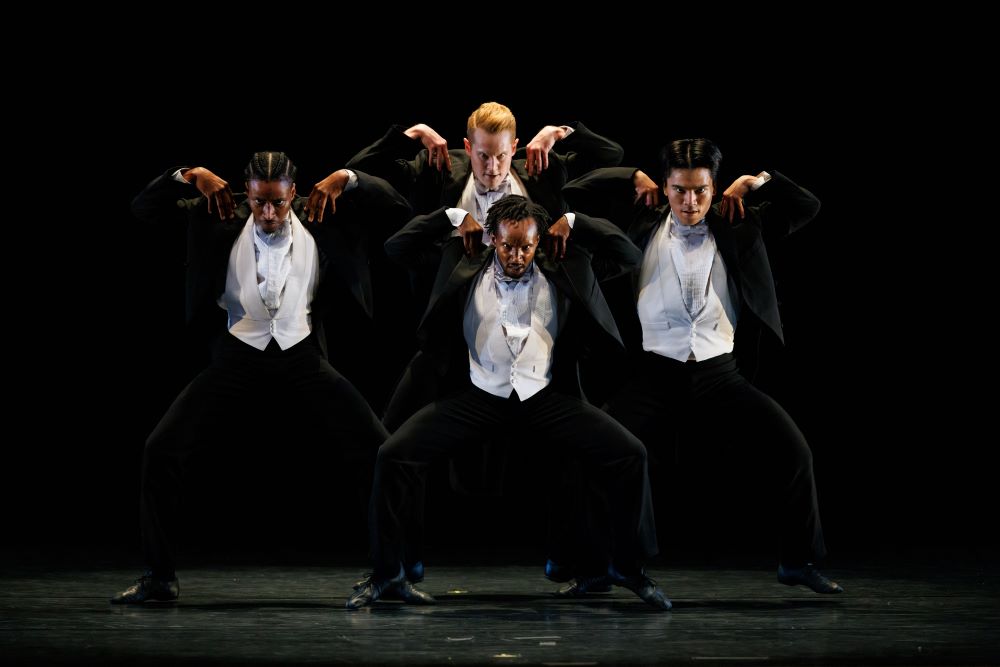
Sharing the program with Echo will be an intense workout for the Taylor women: Vespers, a 1986 work by Ulysses Dove that will add another new dimension to the Company’s repertory.
When, in addition to Lovette’s cutting-edge musical choices, Keigwin chose a percussion score by Argentine composer William Catanzaro for his new Drum Circle, Novak didn’t blink. “I try to get out of the way as much as I can, and let artists create. There is definitely a conversation about what their work might look like though, what tools and research they might need to fulfill their vision.”
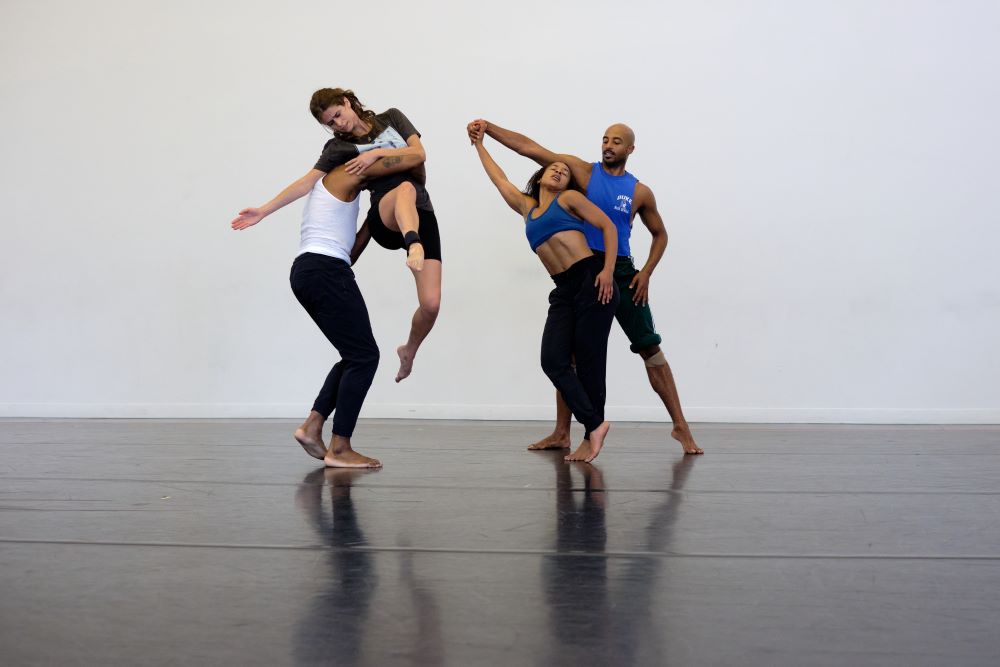
Alongside selecting and curating the new repertory, Novak is continually evaluating which of Paul Taylor’s numerous masterworks to include in the season. “It’s a matter of figuring out what is that next piece to take the dancers to the next level, keep them hungry and engaged and inspired by the complexity of his work. There’s an emotional honesty in his dances that manages to really build a community on stage. It’s interesting to have been in it as a dancer, and now to nurture it from the outside. Paul’s works bring people together in really beautiful and profound ways.”



